Mom & Dads: Why is the Sky Blue?

Introduction
Why is the sky blue? It’s the quintessential kid question that stumps parents all the time. But, if your child were to ask it, could you answer? In this article, we cut straight to the essential points to make you the expert on sky color.

Figure 1 Why is the sky blue?
Blue light scatters in the atmosphere.
The short answer to why the sky is blue is that blue light from sunlight scatters in the atmosphere more than other colors, so the sky fills with blue light.
To understand the long answer, you must know a few things. First is that sunlight contains all the colors of the rainbow (red, blue, green etc.) You should also know that for the most part, light travels in straight lines.
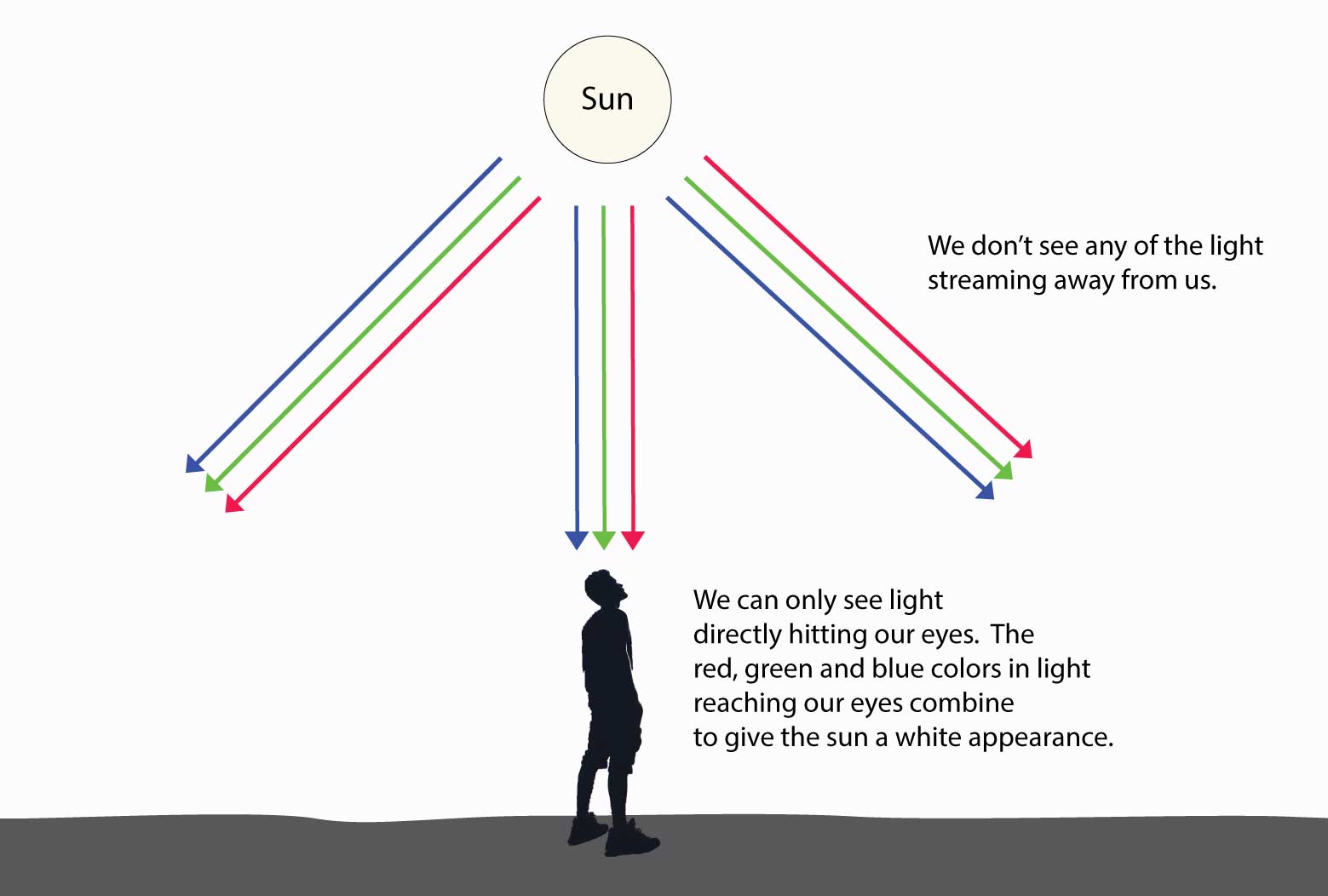
Figure 2 We only see light that directly strikes our eyes.
Since the sun is a sphere, its light travels out in all directions. But we only see the light that hits our eyes directly. We don’t see all the other light that goes off in different directions. And there is one more thing you have to know and that’s explained next.
The Earth has an atmosphere
The earth’s atmosphere contains particles like Oxygen and Nitrogen. Blue light photons traveling from the sun strikes these particles and scatter in all directions.
Some of the scattered blue light reaches our eyes, and that is what makes the sky appear blue. Actually, it is billions and biliions of blue light photons being scattered in the sky, which makes the whole sky blue.

Figure 4 Billions of billions of scattered blue light make the sky appear blue.
Without the atmosphere, the sky would appear dark anytime of the day.
If you don’t have an atmosphere, there would be no scattering of light and the sky would appear dark, even with the Sun overhead. Have you seen the moon landing pictures – the sky is always dark because there is no atmosphere and no scattering of light in the sky.
Why doesn’t red light and green light scatter in the sky?
The main difference between a blue photon and green/red light is their wavelengths. Blue wavelengths are shorter than green or red wavelengths, which is why they scatter more readily when striking atmospheric particles.

Figure 6 Wavelengths shorten as move from red to green to blue.
Red and green photons do scatter, but less so than blue photons. Most of those red-green photons from the sun travel in straight lines away from the sun and never reach our eyes.
Why is the sky red just above the horizon at sunset (or sunrise)?
This also has to do with the atmosphere, but it’s a little tricky. The atmosphere has a uniform thickness around the earth. However, your location relative to the sun changes the thickness of the atmosphere that light travels through. To understand this, you have to look at the situation visually.
Light from the sun at noon crosses the atmosphere with a certain thickness. However, the sun at dawn is lower in the sky and must traverse a greater thickness of the atmosphere because of the angle from you to the sun relative to the sun and the atmosphere.
Figure 8 Light travels through more atmosphere at sunset than at noon.
That distance gives blue photons more time to scatter away from us because the angles widen as distance increases. This leaves mostly red and green light showing through. When green and red are combined, it gives you the orange glow of sunset. Remember red and green don’t scatter as much.
Figure 9 Much of the blue light has been scattered away before it can reach us, leaving us with the orange glow of red/green light.
Why shorter blue wavelengths scatter more than reds and greens (deep dive)?
We call this scattering phenomenon the Rayleigh Effect, named after Lord Rayleigh, also known as John William Strutt, who wrote about this in the 19th century. He explained the relationship between scattering and light wavelengths using the formula in Figure 10. Basically, Lamda (λ) is the wavelength, and sigma (σ) can be considered the amount of scattering.
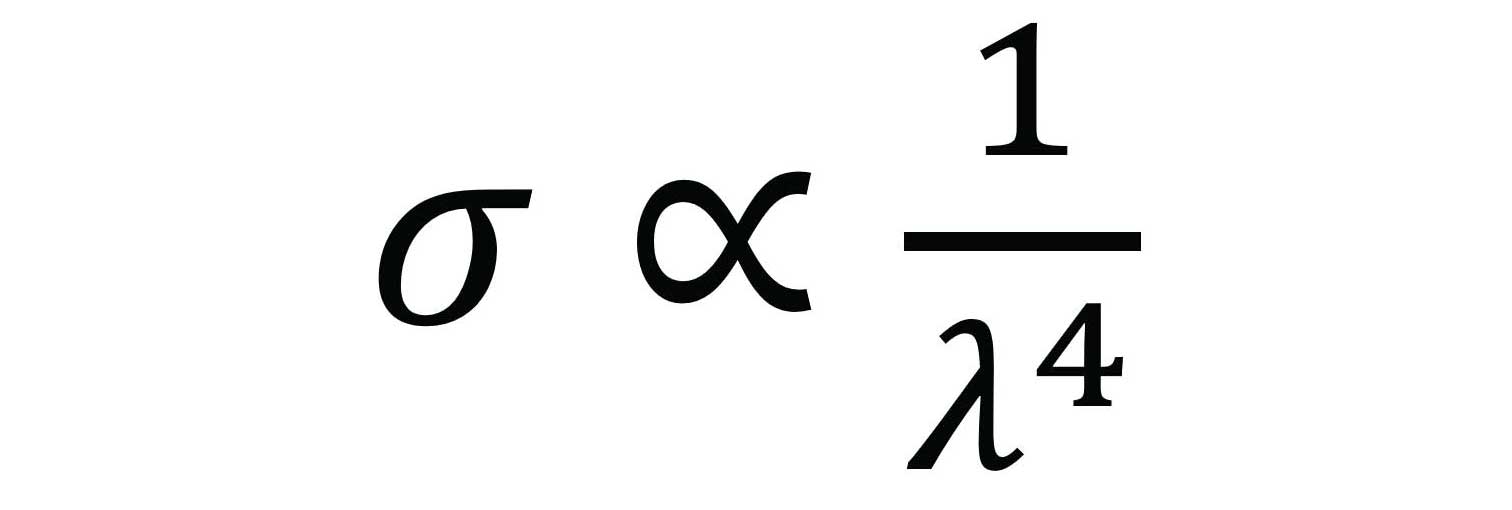
Figure 10 – The Rayleigh equation explaining the inverse proportion of scattering to wavelength.
As your Lamda (λ) or wavelength decreases, the sigma value (σ) increases. Therefore, a shorter wavelength (λ), e.g., blue, will have a larger sigma or scattering effect, and less so for green, and even less for red. This can be seen in the Spectrum Figure 11.
The Rayleigh Effect explained the behavior, but not the reason. The reason for the amount of scattering relative to photon wavelength involves the quantum interactions between light and particles.
This was explained much later in a paper, “The Quantum Theory of Atomic Rayleigh Scattering,” developed by A. P. Vinogradov, V. Yu. Shishkov, I. V. Doronin, E. S. Andrianov, A. A. Pukhov, and A. A. Lisyansky (2020). This publication goes into depth about subatomic particles, electron states, and particle entanglement, way beyond the scope of this article (please see ending credits for publications).
Summary
The reason why the sky is blue is not so difficult. Sun light contains all the colors of the rainbow. The blue colors scatter in the sky in all directions because they hit particles in the atmosphere (e.g., Oxygen, Nitrogen). Some of that scattered blue color reaches our eyes and makes the sky appear blue. Other colors (red, green, etc.) don’t scatter as well because they have longer wavelengths.
And that’s why the sky is blue.
Moms and Dads can be scientists too!
Learn more – What is light and where does it come from (here)?
Other related UPRtek articles.
- What Color of Grow Light is Best? Why Grow Lights are Purple?
- What does far red light do for plants?
- What’s the Difference Between Grow Lights and Sunlight? Can They Replace the Sun?
References:
- XXXIV. On the transmission of light through an atmosphere containing small particles in suspension, and on the origin of the blue of the sky | William John Strut a.k.a Lord Rayleigh |1899 | https://zenodo.org/records/1431249
- The Quantum Theory of Atomic Rayleigh Scattering | A. P. Vinogradov, V. Yu. Shishkov, I. V. Doronin, E. S. Andrianov, A. A. Pukhov, and A. A. Lisyansky | October 2020. |https://opg.optica.org/oe/fulltext.cfm?uri=oe-29-2-2501&id=446591.
Hot Product
Handbook Series
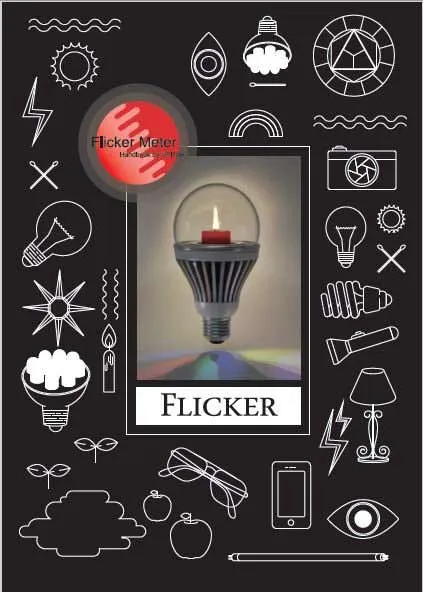
The Flicker Handbook
Everything thing you need to know about Flicker, an insidious, potentially serious lighting artifact impacting visual safety for public places like hospitals, offices, libraries, and more...
About UPRtek

United Power Research and Technology
UPRtek (est. 2010) is a manufacturer of portable, high-precision light measurement instruments; Handheld Spectrometers, PAR meters, Spectroradiometers, Light Calibration Solutions.
UPRtek HQ, R&D and manufacturing are all based out of Taiwan, with Worldwide representation through our certified Global Resellers.
Latest Articles
Category
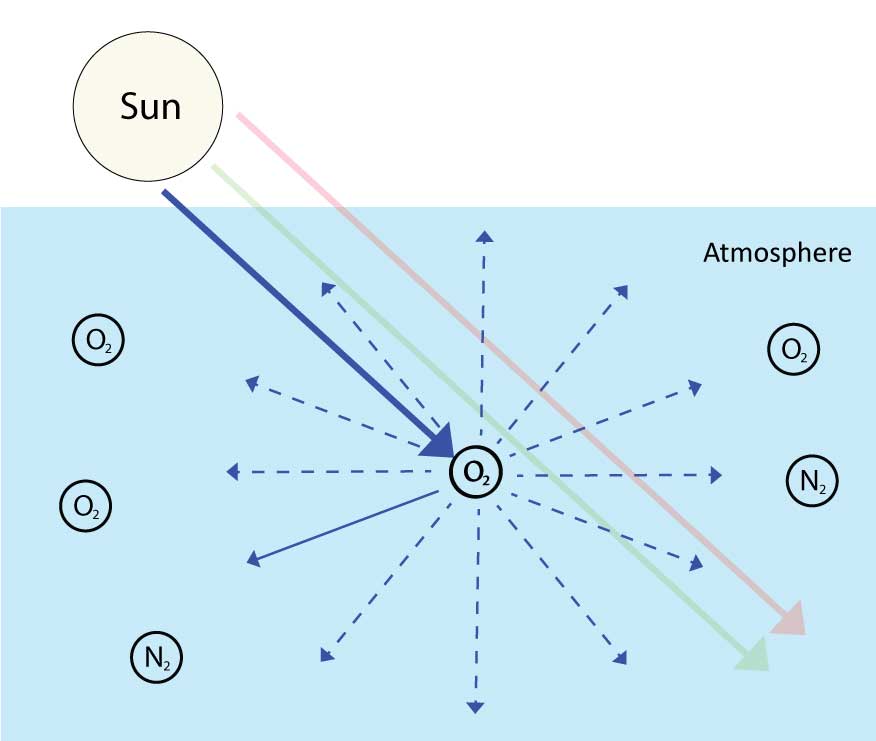
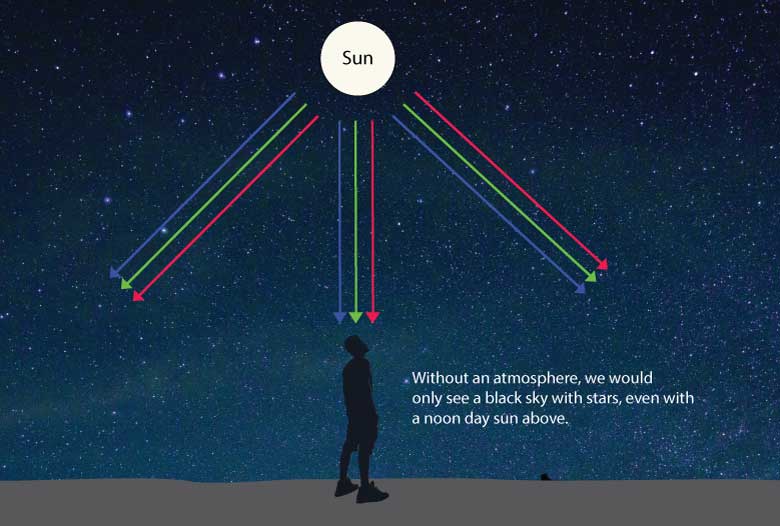

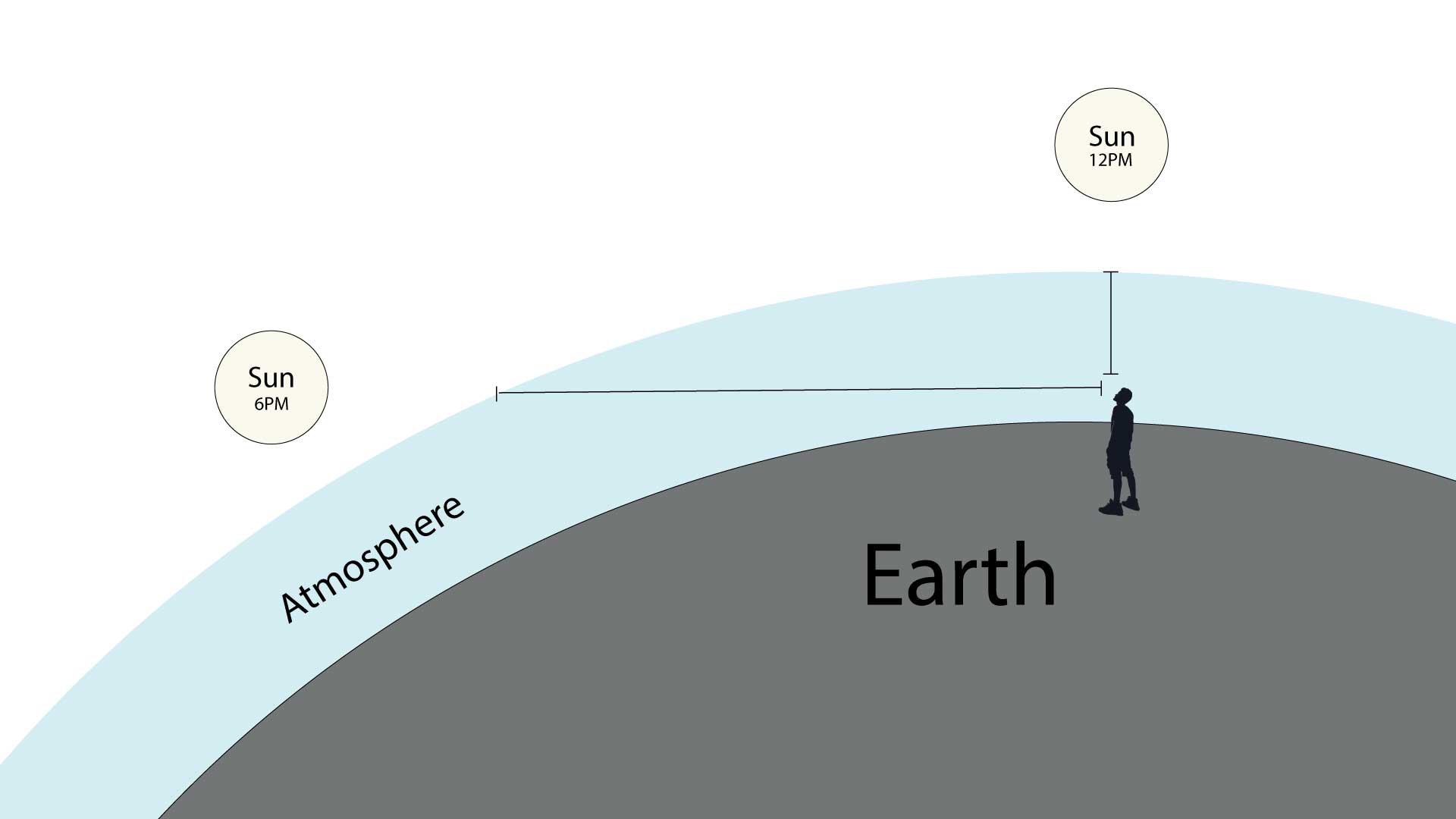

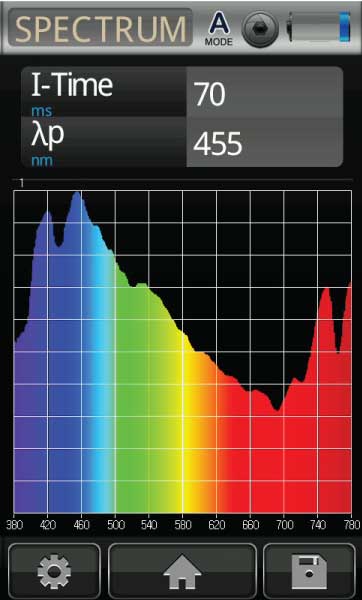
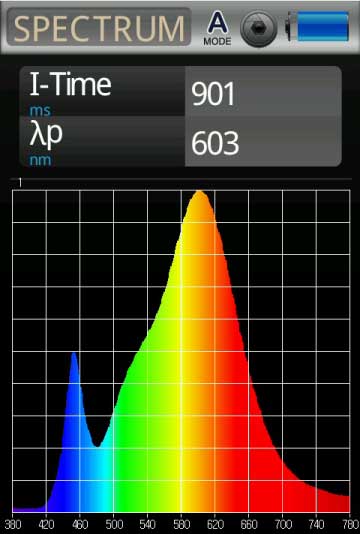











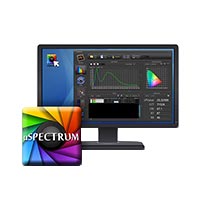

0 Comments